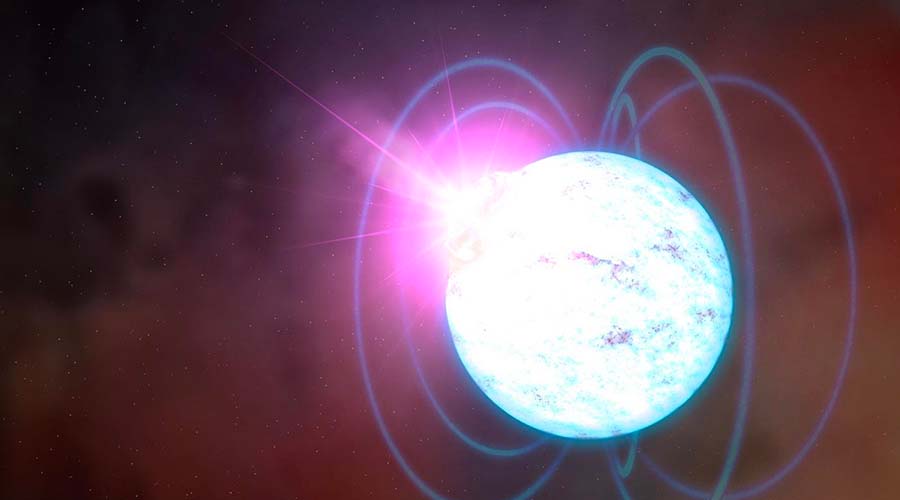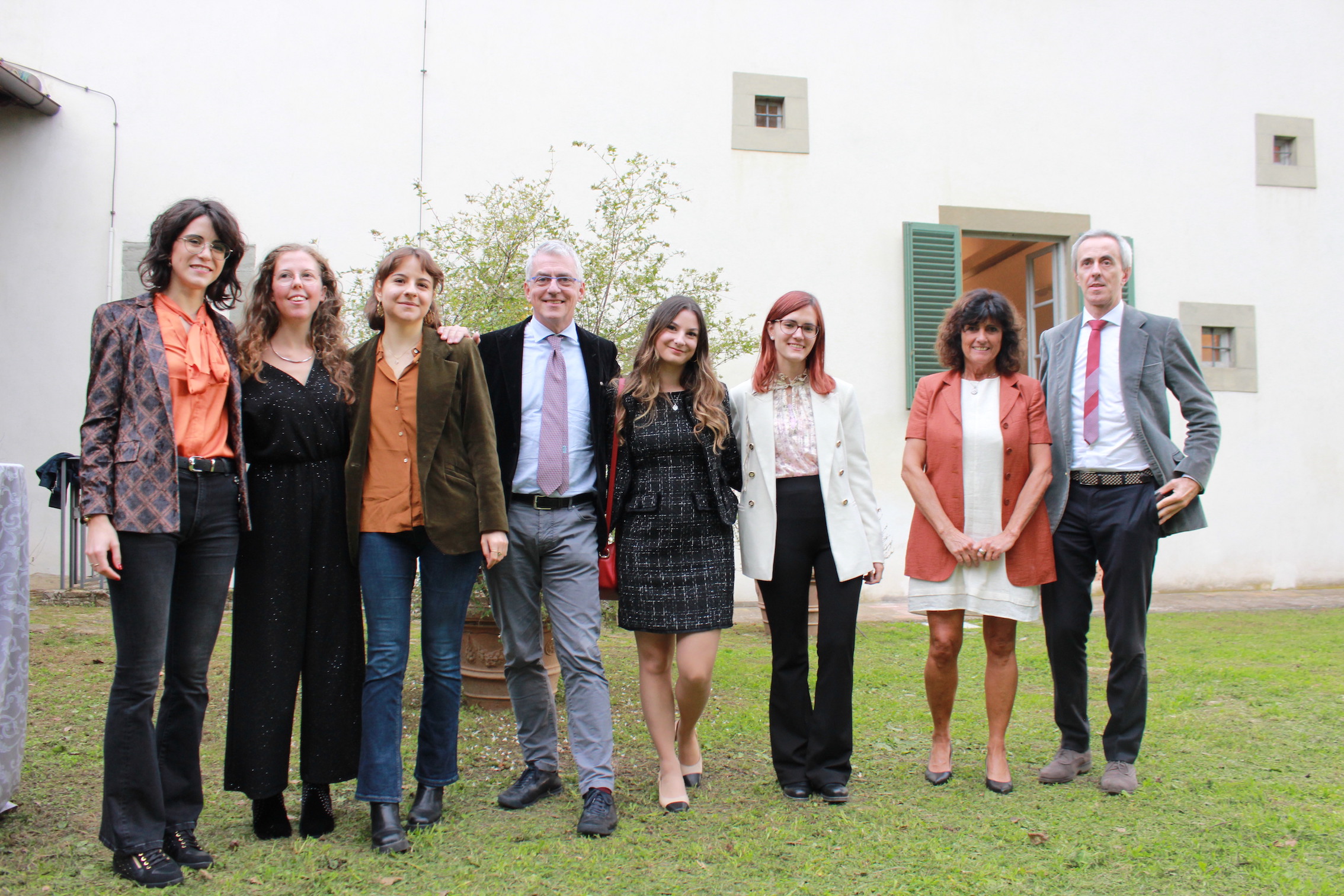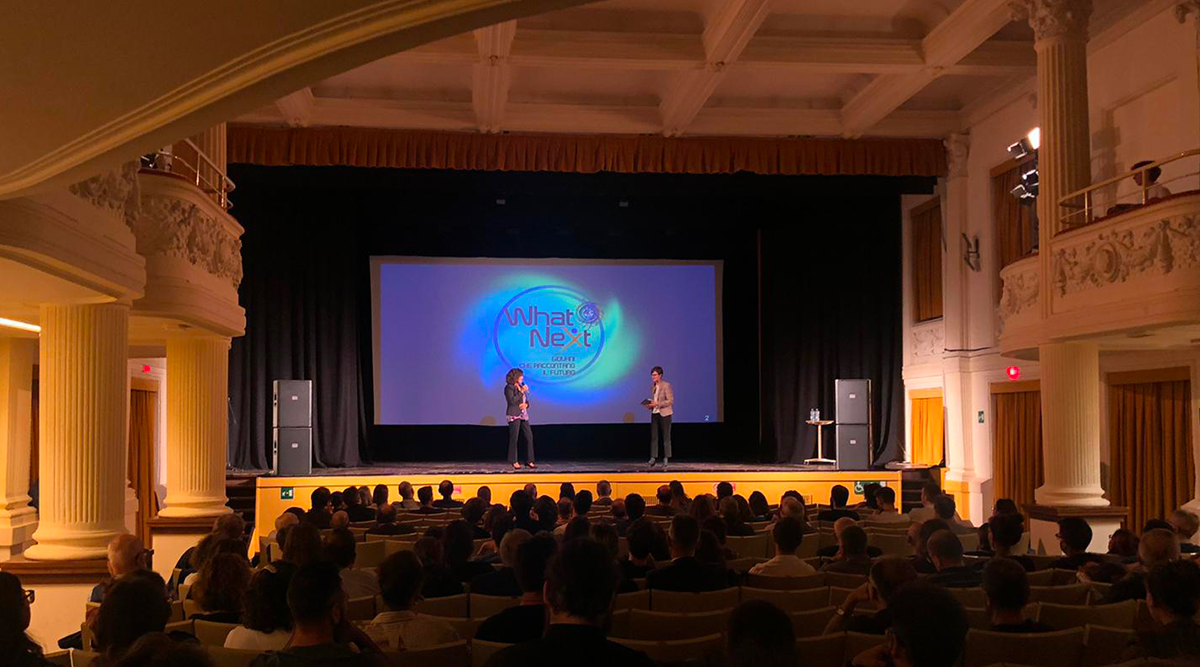 The LHCb international collaboration has observed a new type of ‘pentaquark’ and the first pair of ‘tetraquarks’, consisting of two quarks and two antiquarks, which, in turn, includes a tetraquark never observed before. The discovery was made thanks to an analysis wholly conducted by Italian researchers working at INFN and at the University of Milan.
The LHCb international collaboration has observed a new type of ‘pentaquark’ and the first pair of ‘tetraquarks’, consisting of two quarks and two antiquarks, which, in turn, includes a tetraquark never observed before. The discovery was made thanks to an analysis wholly conducted by Italian researchers working at INFN and at the University of Milan.
Three new components are added to the increasingly long list of rare, known particles. A greater number of elementary constituents, quarks, than that which characterises the more widespread protons and neutrons, which compose the matter of which we are also made, is what distinguishes them. In particular, we’re talking about a new type of ‘pentaquark’, particles that contain four quarks and one antiquark, and the first pair of ‘tetraquarks’, formed from two quarks and two antiquarks, which, in turn, includes a tetraquark never observed before.
The study results – which were previewed on 5 July during a CERN seminar, that took place just a few hours after the first collisions between protons at record energies – were presented on 9 July at the wider international community that participated in Bologna at the ICHEP 2022 conference. This conference is the most important global event dedicated to particle physics and, this year, was organised by INFN with its Bologna and Ferrara divisions.
The first of the new exotic hadrons identified, the pentaquark, contains a charm-anticharm pair and a trio of up, down, and strange quarks. The second discovery concerns, instead, the contemporary observation of a tetraquark and of its neutral counterparty, both composed of a charm quark and a strange antiquark, together with a pair of up quarks and down antiquarks, in one case, and up antiquarks and down quarks, in the other.
You might also be interested in

THE START OF THE IRIS PROJECT FOR THE HIGH TEMPERATURE SUPERCONDUCTIVITY APPLICATION

IXPE OBSERVES FOR THE FIRST TIME A MAGNETAR IN THE X LIGHT
03 November 2022
Read more IXPE OBSERVES FOR THE FIRST TIME A MAGNETAR IN THE X LIGHT

GGI AWARDS THE BEST FEMALE GRADUATES IN THEORETICAL PHYSICS

WHAT NEXT? YOUNG PEOPLE DISCOVER AND TELL PARTICLE PHYSICS AND ITS IMPACT ON SOCIETY

A PROBE FOR ASSISTING IN ONCOLOGICAL SURGERY
05 October 2022
Read more A PROBE FOR ASSISTING IN ONCOLOGICAL SURGERY

INFN AT THE EUROPEAN RESEARCHERS’ NIGHT
26 September 2022
Read more INFN AT THE EUROPEAN RESEARCHERS’ NIGHT